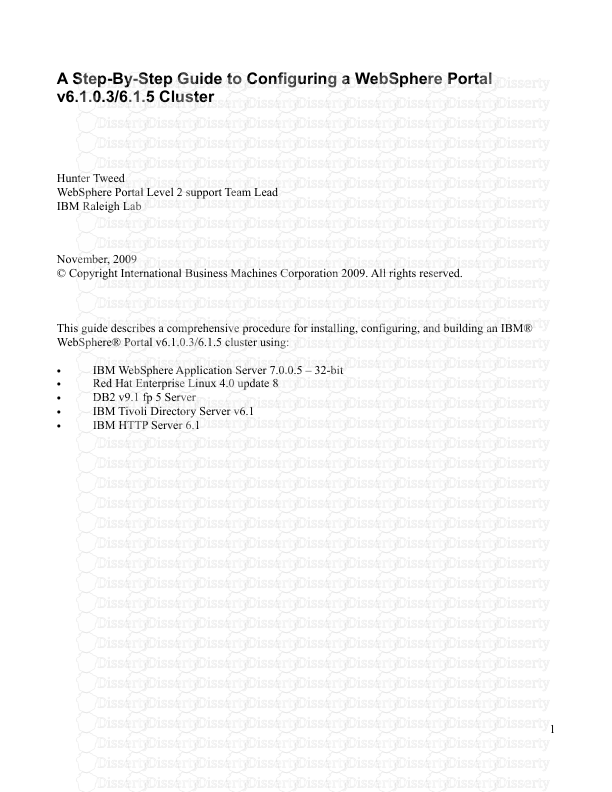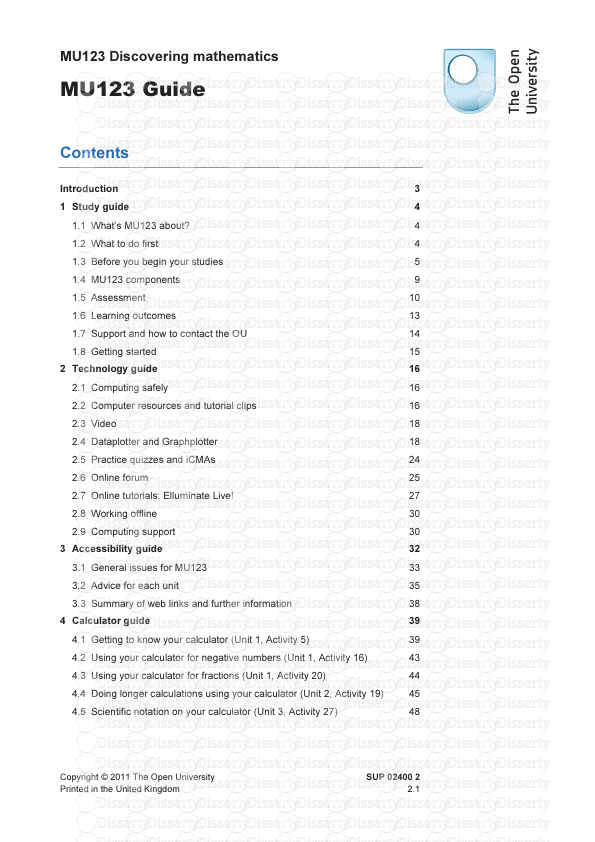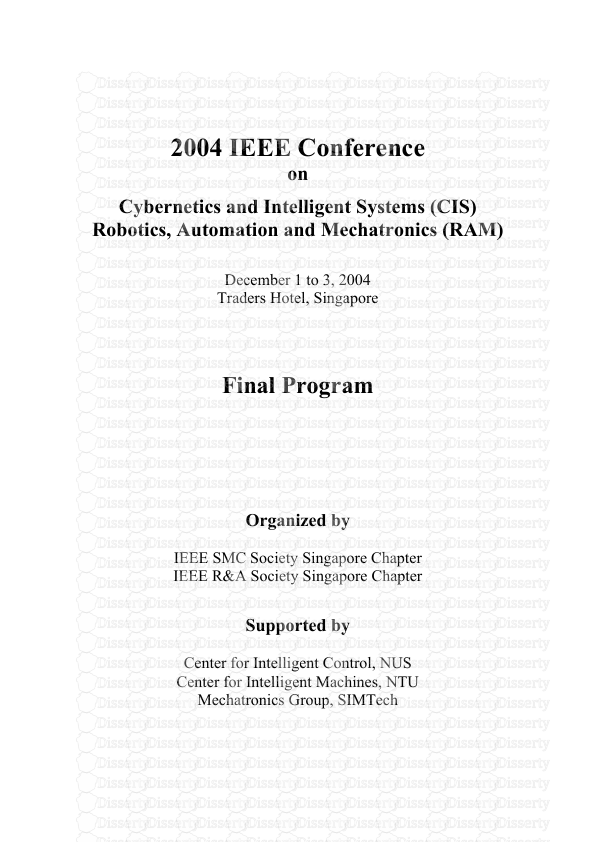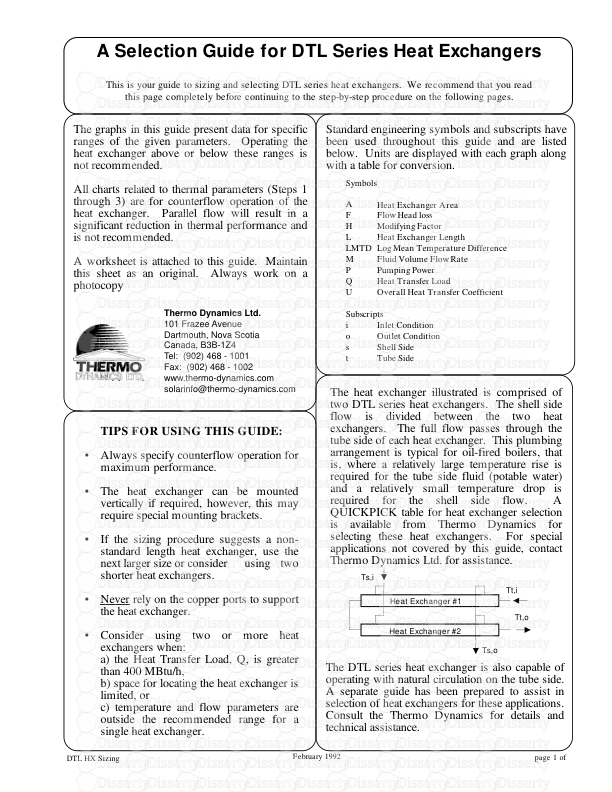Doctoral thesis Removal of water pollutants by adsorption on activated carbon p
Doctoral thesis Removal of water pollutants by adsorption on activated carbon prepared from olive- waste cakes and by biological treatment using ligninolytic fungi Rim Baccar Ep Yangui Bellaterra, July 2013 Doctoral thesis Removal of some water contaminants by adsorption on activated carbon prepared from olive-waste cakes and biological treatment using fungi Rim Baccar Ep Yangui Bellaterra, July 2013 Title: Removal of some water contaminants by adsorption on activated carbon prepared from olive-waste cakes and biological treatment using fungi Realized by: Rim Baccar Ep Yangui Supervised by: Montserrat Sarrà Adroguer, Paqui Blánquez Cano and Jalel Bouzid PhD program in Environmental Science and Technology/Biological Engineering Department of Chemical engineering/ Laboratory Water Energy and Environment Engineering School / National School of Engineers of Sfax Universitat Autònoma de Barcelona/ University of Sfax Don´t aim for success if you want it, first do what you love and believe in, and it will come naturally David Frost Dedication A mes chers parents Pour les sacrifices déployés à mon égard, pour leur patience, leur amour et leur confiance en moi. Ils ont tout fait pour mon bonheur et ma réussite. Leurs conseils prodigieux et leur principe dans la vie demeurent toujours présents dans mon esprit. Qu’ils trouvent dans ce travail, le témoignage de ma profonde affection et de mon attachement indéfectible. Que dieu leur réserve bonne santé et longue vie. A mon cher Ahmed Aucun mot ne saurait t'exprimer mon profond attachement et ma reconnaissance pour l'amour, la tendresse et la gentillesse dont tu m'as toujours entouré. Cher mari j'aimerai bien que tu trouves dans ce travail l'expression de mes sentiments de reconnaissance les plus sincères car grâce à ton aide, tes conseils et ton encouragement que ce travail a pu voir le jour. Que Dieu le tout puissant nous accorde un avenir meilleur. Aux membres des deux familles BACCAR et YANGUI Que ce projet soit l’expression de mon affection, ma reconnaissance et mon profond attachement. Que Dieu les protège et leurs offre un meilleur avenir. A tous mes amis de la Tunisie et d´Espagne Pour la tendre affection qu’ils m’ont fait témoigner et pour leur support, je leur souhaite la réussite et le bonheur. Sans citer des noms parce que la liste est longue et pour ne pas oublier personne. Acknowledgment This dissertation would not have been possible without the guidance and the help of several individuals who in one way or another contributed and extended their valuable assistance in the preparation and completion of this study. First, I would like to sincerely express my great gratitude and special appreciation to my supervisors Prof. Montserrat Sarrà Adroguer and Prof. Paqui Blánquez from Autonomous University of Barcelona and Prof. Jalel Bouzid from University of Sfax for their valuable advice, guidance, wonderful encouragement and patience throughout the research and thesis preparation without forgetting their good human relationships. I am really indebted to them because they challenged me in ways that enhanced my professional growth. Special thanks to Prof Mongi Feki from University of Sfax, who greatly enriched my knowledge and who help me a lot in the fulfilling of this thesis. From deep inside thank you for your support and help. I would like to thank all the members of the Department of Chemical Engineering in UAB and especially members of Toxic group for their nice treatment and friendship during my stay, many thanks to all of you with a special thanks to Teresa and Gloria. I would like also to thank all the personal and colleagues of the laboratory Water Energy and Environment from University of Sfax for their help and collaboration. It is always impossible to personally thank everyone who has helped successful completion of this study. To those of you without specifically name, my sincere thanks go to all of you, my friends and colleagues in Spain and Tunisia. Really, this is a great opportunity to express my acknowledgement, respect and gratefulness to you for your friendship, encouragement and assistance. I would like also to thank La Agencia Española de Cooperación Internacional para el Desarrollo (AECID) for the pre-doctoral scholarship. I specially wish to express my sincere thankfulness to my beloved parents for your tremendous love and many prayers that have been always very valuable and for teaching me how to be a strong person unconsciously by making me gets back up whenever I stumble I am the most grateful to my husband Ahmed who overflows me with love and inspiration day by day; I share this accomplishment with you. Thank you for your encouragement, for believing in my capabilities, moral supports in all the good and hard times and patience during these years. Special thanks to families BACCAR and YANGUI members especially my sisters, their husbands, my brother and his wife, all my nephews and my father and mother -in-law for their continuous support and love. Last but not least, always thank God for giving me so much blessings, without the guidance of ALLAH, this work would not have been done successfully. i ABSTRACT Nowadays, increasing public concern and tighter international regulation have challenged the environmental problem associated with wastewater. Indeed, the removal of contaminants from wastewater is still far away from a satisfactory solution. Different processes are used for the treatment of wastewaters. However, these technologies are either frequently ineffective, or they generate secondary products or worse, they are too expensive. In fact, the selection of a particular wastewater treatment technology should not be based uniquely on its efficiency, but should rather integrate environmental and economical aspects. Within this framework, the main objective of this dissertation is the removal of various contaminants in water including metals, dyes and pharmaceuticals products via two environmentally- friendly technologies. The first consists in a physico- chemical treatment- by adsorption on activated carbon prepared from the by-product olive-waste cakes. The second is about a biological treatment using white-rot fungi. At a first stage, the adsorbent preparation, its characterization and the study of the environmental impact associated with its production are considered. Chemical activation of the feedstock olive-waste cakes, using phosphoric acid as dehydrating agent, is adopted for activated carbon preparation and main process parameters (such as acid concentration, impregnation ratio, temperature of pyrolysis step) are varied to optimize the best conditions. The activated carbon prepared under the optimal conditions is then fully characterized considering its adsorption properties as well as its chemical structure and morphology. The results show that the most efficient adsorbent is that obtained under the following optimal conditions: an acid concentration equal to 60% H3PO4, an impregnation ratio of 1.75, and a pyrolysis temperature of 450 °C. The adsorption characteristics of the adsorbent prepared under such conditions presents good characteristics compared with the previous reports for activated carbon in the literature. To minimize the environmental impact, certain modifications could be incorporated in the process of adsorbent preparation such as recovery of the gas derived from the pyrolysis step, its reuse as an energy source, and the recovery of phosphoric acid after activated carbon washing. After establishing the optimal conditions, the efficiency of the optimal activated carbon for the removal of inorganic and organic pollutants is then evaluated. For heavy metals, considering the adsorption of Cu2+ ions as a model, column adsorption tests show the ii high capacity of the activated carbon to reduce KMnO4 into insoluble manganese (IV) oxide (MnO2) which impregnated the sorbent surface. The results also indicate that the adsorption of Cu2+ can be significantly improved by the presence of MnO2 fixed on activated carbon. Concerning the organic pollutants, the study shows the effectiveness of the activated carbon to remove dyes from individual and real effluents and pharmaceutical products from single and mixture solutions. Many models are used to understand the adsorption behavior and in the most cases Langmuir and pseudo-second order models present the best fit for the isotherm and kinetics, respectively. Temperature is found to affect the adsorption of dyes, however, the pH variation has no influence. The opposite case is found for drugs adsorption. Regarding the biological process adapted, the potential of three white-rot fungi (WRF) (Trametes versicolor, Ganoderma lucidum and Irpex lacteus) to decolorize the commercial tannery dye − Black Dycem – is investigated in solid and liquid media. The results indicate that Trametes versicolor is the best strain both in terms of extent and rapidity of decolorization. The experiment, performed in single and repeated batches in an air-pulsed bioreactor with biomass reuse of the fungus Trametes versicolor, shows that the decolorization capability of the fungus does not decrease during the repeated batches and the fungus is able to remove 86−89% of the dye despite the low enzyme activity detected. The results also show that the biodegradation mechanism plays a noticeable role in the decolorization process of the dye by means of laccase activity in addition to the adsorption phenomenon occurring on the fungal surface. Finally a combination of biological and physico-chemical treatments is adopted to remove the textile dye and the results show that further studies are needed to explore the efficiency of the combined processes. iii RÉSUMÉ uploads/Litterature/ doctoral-thesis.pdf
Documents similaires










-
33
-
0
-
0
Licence et utilisation
Gratuit pour un usage personnel Attribution requise- Détails
- Publié le Nov 03, 2022
- Catégorie Literature / Litté...
- Langue French
- Taille du fichier 3.5543MB


